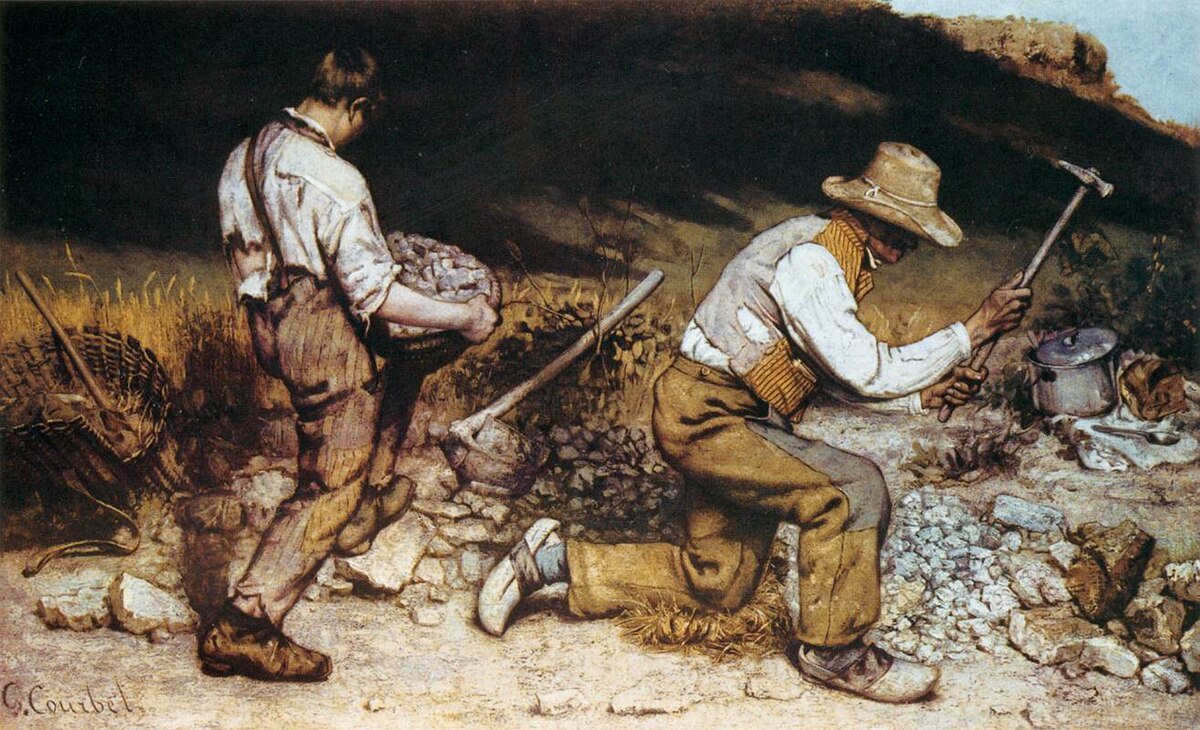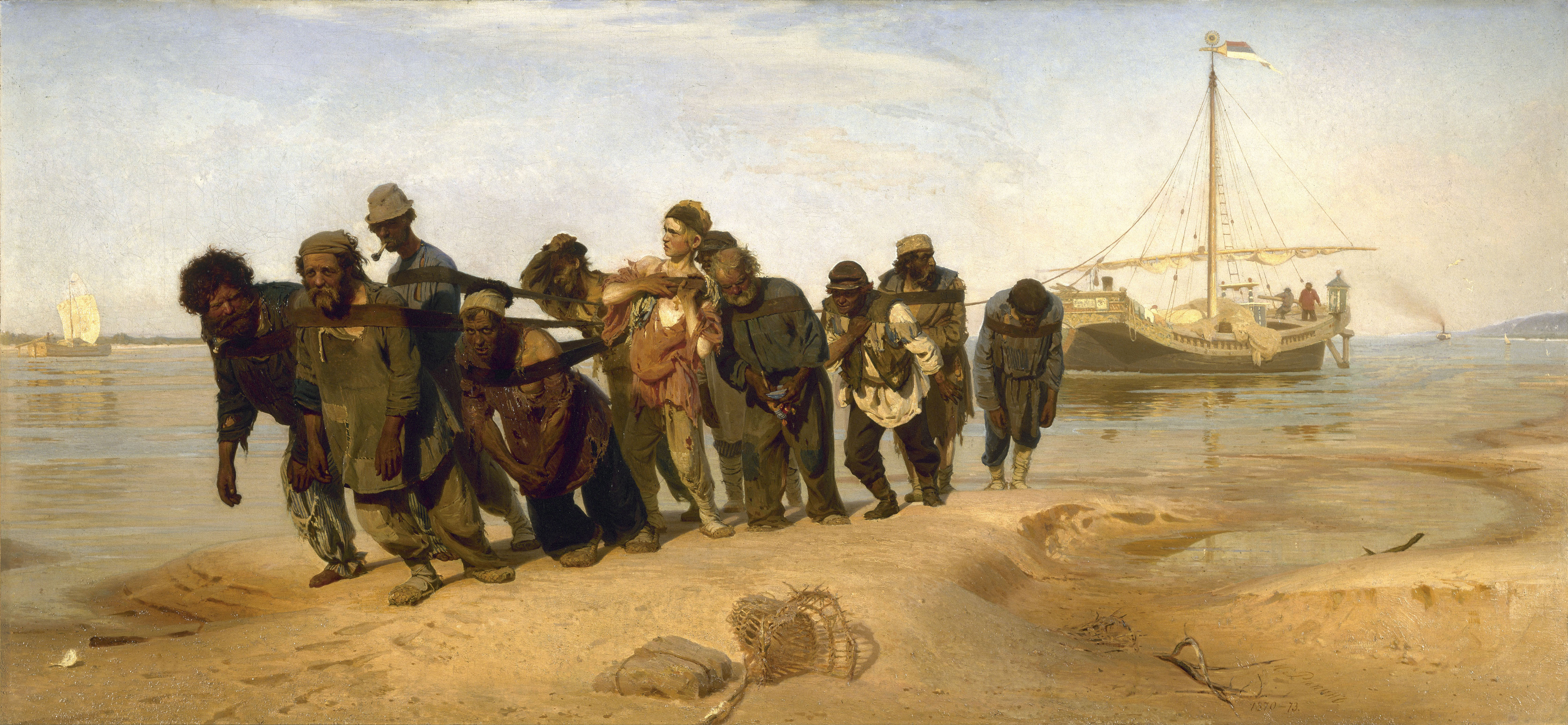
A Burial At Ornans (1849-50) by Gustave Courbet is a painting of the funeral of the townspeople of Ornans, France. His aim was to point out the full cycle that is present, the young people who are there will become the adults and the adults will become the people underground. This grim scene of the funeral may aim towards a message that is more humbling, which could be that no matter where one is in life, you’ll always end up six feet underground.






